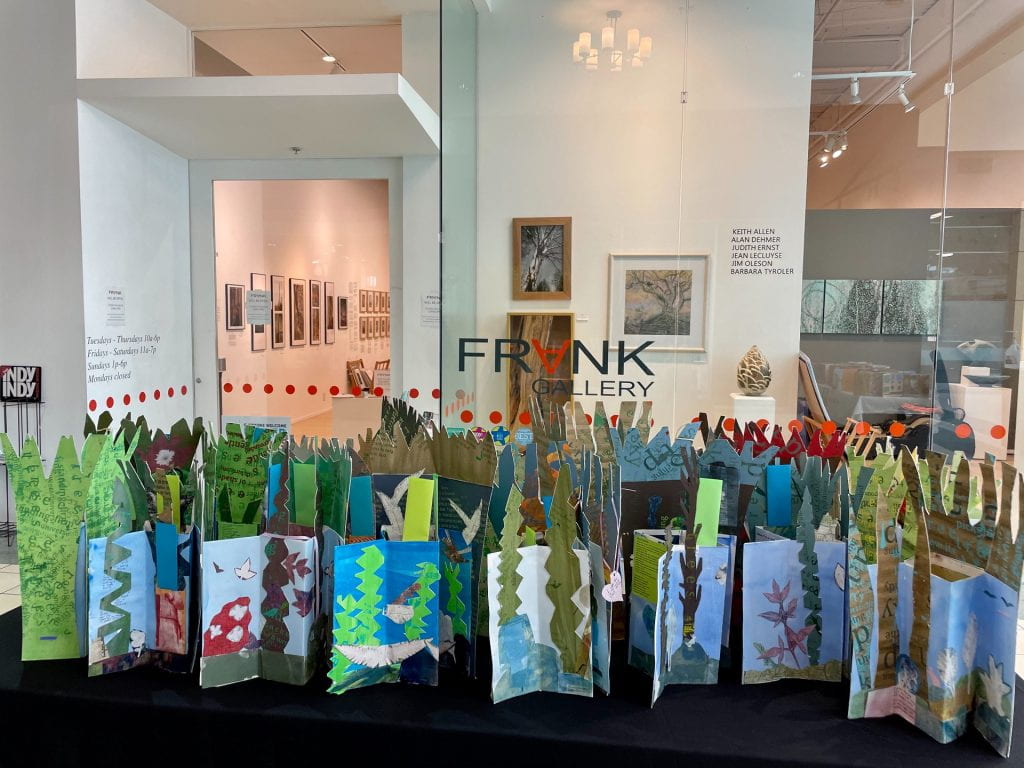
My Stock Recording Sheet
The beginning of this project started with a book. I know, it seems strange that a stock project would be created out of a book. But a character, Turtle Wexler from The Westing Game by Ellen Raskin, from the book we read loved stocks. And it seemed fitting to our teacher, and to us, as we would soon find out, to give us this stock experience.
The first thing we did with this project was to create a spreadsheet. A spreadsheet would record our stock information. We wrote formulas into the boxes on the spreadsheet so we wouldn’t have to calculate our gains and losses by hand, and we programmed it to do it quickly. We were warned not to mess with the columns that had the formulas, or else it would ruin our project. So we were careful.
The next thing we did after that was to choose our stocks. We could only choose up to six (me, I chose four) and we had to get as close to 20,000 dollars as we could, using the shares that we bought. The closest we could get depended on how much each share was from each company we invested in. I invested in the Boeing Company, Netflix, Delta Airlines, Inc., and Amazon, Inc.
The final thing we did was check it from week to week. We recorded our gains or losses on an “old-timey” recording sheet. We followed our stocks for three months. Then, at the end of those three months, we calculated the total gain/loss and then wrote about it here!
Thank you for reading this blog post on my stock experience! Here is some extra information:
-
Boeing Company – I invested in it because when I first checked it I looked into the previous rates and it had good business
-
Netflix – I invested in this company because I know how popular Netflix is with people and how many people use the company, so I figured it was a good investment
-
Delta Air Lines – I invested in this because some airlines are actually pretty successful, and I know that Delta airlines were one that my family has used before, so I looked into it and the shares were cheap so I invested in many shares
-
Amazon – I invested this because I know how big a company Amazon is and how industrial it is, so I figured it would make a lot of money
By May 25, 2021, I lost $173.14.

 On the week of March 15, we began our tree books.
On the week of March 15, we began our tree books.



